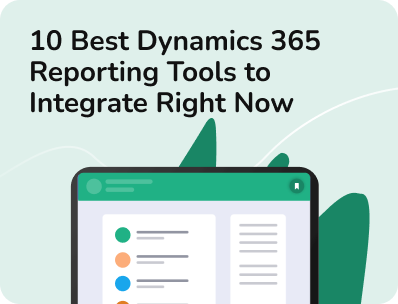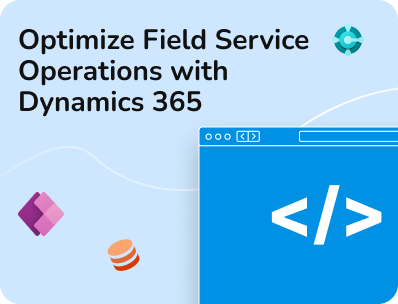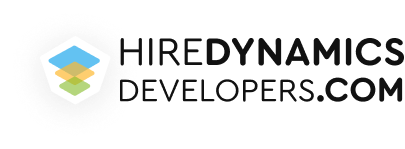- Services
- ConsultantsMODULESLegacy Support
- Industries
- Locations
WESTERN & NORTHERN EUROPE
EASTERN & CENTRAL EUROPE
- Our Company
 About Us
About UsLearn more about our HireDynamicsDevelopers portal and the team behind it.
Case StudiesRead successful stories from our clients across various industries.
ServicesFind the right service according to your specific business needs.

- Services
- ConsultantsMODULESLegacy Support
- Industries
- Locations
WESTERN & NORTHERN EUROPE
EASTERN & CENTRAL EUROPE
- Our Company
 About Us
About UsLearn more about our HireDynamicsDevelopers portal and the team behind it.
Case StudiesRead successful stories from our clients across various industries.
ServicesFind the right service according to your specific business needs.

Dynamics 365 Billing and Invoicing Automation: A Complete Guide
Updated: October 14th, 2025 by Ivan Farafonov
In search of improvements and speed in the business world, good billing and invoicing really matter. They help you manage money better, work faster, and keep customers happy. No matter if you run a SaaS business, an accounting firm, a law practice, an online shop, or a wholesale company, making your invoicing simpler can really boost your operations. That’s why Microsoft Dynamics 365 is a great choice.
Offering powerful tools for automation, Dynamics 365 billing and invoicing automation helps businesses enhance their financial operations by automating invoicing, reducing manual tasks, and ensuring accuracy.
This article looks at the features and benefits of Dynamics 365 for billing and invoicing. We will check out how tools like Dynamics 365 Finance, Dynamics 365 Business Central, and Dynamics 365 Sales can change how businesses do their invoicing, billing, and vendor transactions.
Microsoft Dynamics 365 is a helpful set of tools for businesses that want to make their invoicing more efficient. It brings together financial management, supply chains, and customer relations all in one place. These solutions help automate tasks like invoicing, payment collection, and reporting.
Our Expert’s Opinion
Dynamics 365 billing and invoicing automation stands out with features like smart invoice scheduling, automatic tax calculations based on regional rules, and real-time payment tracking integrated with multiple payment gateways. Its customizable templates allow businesses to maintain branding consistency, while AI-driven insights help predict payment trends and customer behavior. Additionally, seamless integration with other Dynamics 365 modules ensures a unified view of financial data across the organization.
Microsoft Dynamics Finance and Operations Developer
What Microsoft Dynamics 365 Can Offer?
Dynamics 365 Finance and Operations
This solution focuses on improving financial and operational tasks supporting all your business processes. It lets businesses manage all their finances in one spot, as it contains a wide range of modules for different needs. With Dynamics 365 Finance and Operations vendor invoice automation, the system automatically handles incoming invoices according to the workflow that you can build from scratch. This means less manual checking and data entry. By making this easier, businesses can reduce mistakes, get payments faster, and keep suppliers happy. Also, it helps with flexible payment terms and tax rules, making it great for businesses of all sizes, especially those in different countries.
Dynamics 365 Business Central
This is a more budget-friendly option for small to medium-sized businesses. It helps with accounting, finance, sales, and customer relationships. With the help of Microsoft Dynamics 365 invoice automation, Business Central connects your financial management with your customer system. This allows for easy data sharing and automated invoicing. Its features include real-time financial updates, custom invoicing templates, and tax settings. This helps businesses manage cash flow better and get paid quicker while keeping their financial record accurate.
Dynamics 365 Sales CRM
This system helps businesses manage their customer relations easily. When you link the Sales CRM with Dynamics 365 billing automation, invoices can be created and sent out quickly and accurately. This is especially handy for businesses that work with ongoing customer relations and need to send regular invoices for subscriptions or services. With full integration, businesses can automate reminders, create invoices from sales and track unpaid bells. This helps to reduce delays, improve cash flow, and keep customers happy.
Key Features of Dynamics 365 Billing and Invoicing Automation
Dynamics 365 has many tools to help with invoicing and billing. These tools improve accuracy and help businesses keep track of their money. Here are some key features of Dynamics 365’s billing and invoicing.
Invoice Creation and Sending Flow Automation
One big plus of vendor invoice automation in Dynamics 365 is how it automatically makes invoices. Systems have a full spectrum of tools that are required to manage the whole sales and purchase flow, from order creation to packing and sending invoices to customers. Once you put in customer info and process the steps of the order, it creates invoices right away.
This saves time and cuts down on mistakes. Invoices can then be sent out automatically, either by email or through a client’s billing system. This is super handy for companies that send a lot of invoices and work with PO invoices. It uses a set of payment rules, contracts, or sales orders. For example, it can create invoices for recurring subscriptions, deliver services, or finishing projects.
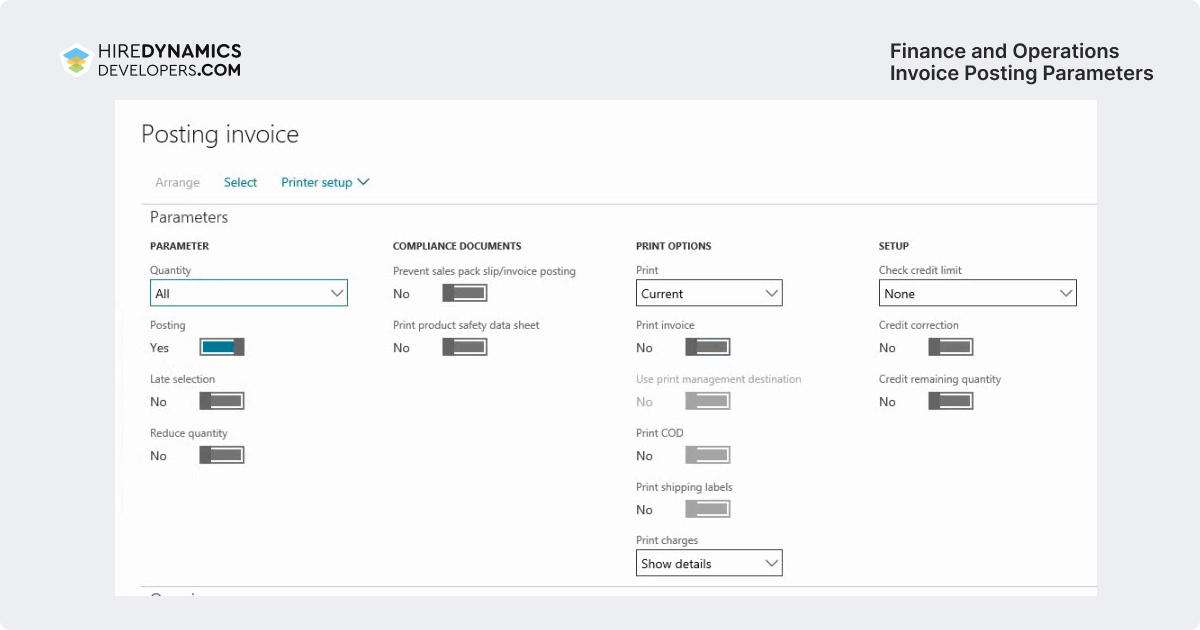
Examples of usage in Dynamics 365:
- Dynamics 365 Finance & Operations: This automatic invoice creation is key for businesses that deal with inventory, purchases, and sales. It makes invoices when sales orders are confirmed or when projects are done.
- Dynamics 365 Sales: For companies that manage subscriptions or provide services, this feature creates invoices from quotes or sales orders in the CRM. It also helps create invoices for customers based on contract agreements.
Advanced Billing Support
Dynamics 365 billing automation can handle different types of billing like one-time fees, monthly subscriptions, or usage-based charges. This means businesses can easily set it up for what they need. For example, companies with subscription services can automate billing cycles and reminders, making sure invoices go out on time.
Examples of usage in Dynamics 365:
- Dynamics 365 Finance & Operations: Can help with billing for different projects and services. For project-based businesses, it can track time and materials. Subscription services, like SaaS companies, can manage recurring billing easily.
- On the CRM side, like Dynamics 365 Sales, flexible billing lets businesses set up different pricing options for customers when they buy something. This way, invoices match the deals customers agreed to.
Tax and VAT Templates Including Worldwide Usage
Another great feature is its ability to manage taxes around the world. For businesses operating in different areas, tax rules can become a hard task. Microsoft Dynamics invoice processing calculates the right tax for each invoice based on where the customer’s location. It also works with different currencies, making it easier for global businesses to stay compliant.
Examples of usage in Dynamics 365:
- Dynamics 365 Finance & Operations: Helps with tax calculations. It looks at where the customer is, what they’re buying, and the local tax rules. This makes invoicing easy and keeps it up to date with tax laws.
- Dynamics 365 Sales: Provides support for sales order management. When an order is placed, it calculates the right taxes and applies them. You’ll see these on the invoice.
Payment Flow and Advanced Reconciliation Processes
Dynamics 365 connects with various payment options. This helps businesses get paid easily, whether customers use credit cards or bank transfers. Once a payment comes in, the system matches it with the right invoice. This keeps your financial records accurate and cuts down on manual work.
Examples of usage in Dynamics 365:
- Dynamics 365 Finance & Operations: When an invoice is created, payments can be tracked right in the system. This removes manual work and makes managing cash flow faster.
- Dynamics 365 Sales: Helps sales teams keep an eye on customer payments. It sends reminders and makes sure that payments from the customer portal show up in the CRM. This helps with keeping good relationships with customers.
Procurement and Sourcing Approval Workflows
The platform has built-in Dynamics 365 vendor invoice automation that include approval processes and workflow for invoices according to PO details. This means invoices must be checked and approved before payment. It helps prevent errors and fraud. Invoices are sent to the right person for approval and then automatically processed, making everything smooth. Each and every workflow can be modified and customized to your needs.
Also, the system can automatically route procurement documents (e.g., purchase requisitions, purchase orders, vendor quotes) to the right approvers based on defined business rules reducing invoice processing times.
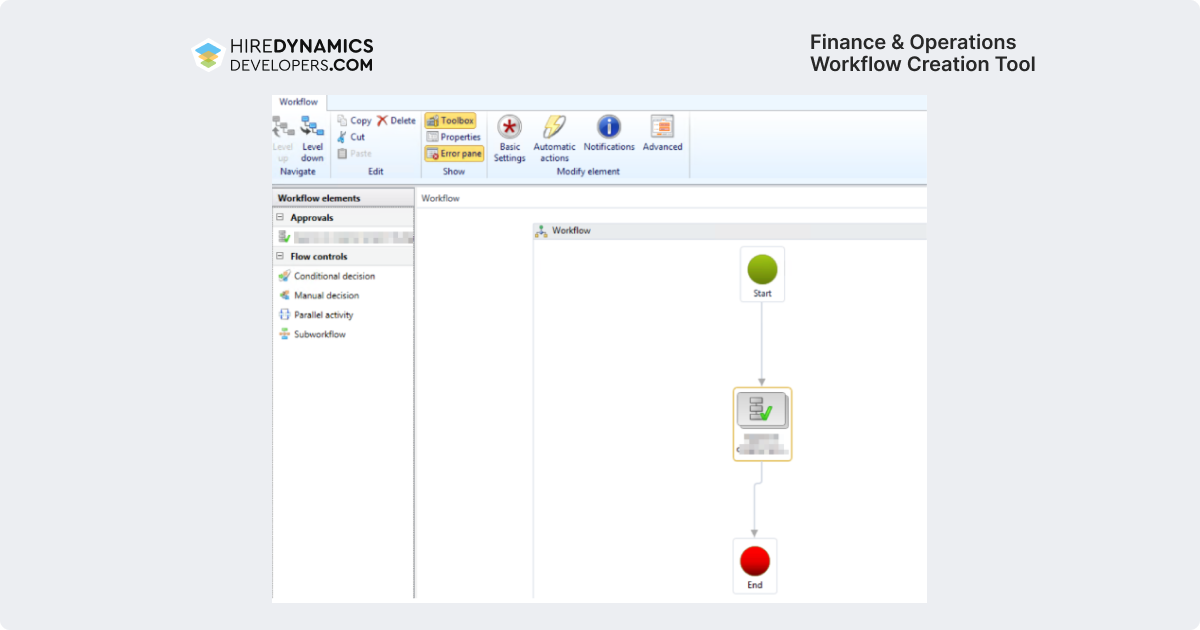
Examples of usage in Dynamics 365:
- Dynamics 365 Finance & Operations: You can set up approval workflows in ERP, specifically in Dynamics 365 Finance and Operations. For example, if a purchase order goes over a specific amount, it requires additional approval from a senior manager or the finance team.
- Dynamics 365 Sales: While it mainly focuses on managing customer relationships, it can also help with buying decisions linked to customer orders or contracts. If a special product or service is needed, the system will automatically start the approval process.
Stay in touch with customers
Keeping track of late payments can be hard. Dynamics 365 helps by automating messages to remind customers to pay. This means less chasing after payments and helps keep customers happy while reducing disputes. Regular communication makes better relationships with clients.
This feature lets businesses contact customers in different ways. They can use email, live chat, social media, SMS, and phone calls. All these conversations are collected in one place. This makes it easier for customers to have a smooth experience.
Examples of usage in Dynamics 365:
- Dynamics 365 Finance & Operations: It mainly handles behind-the-scenes work. But when it connects with customer communication tools, it helps answer questions quickly. For instance, if a customer has a question about their order, they can use email or chat. The ERP system can then pull up the right order details to reply quickly.
- Dynamics 365 Sales: Sales teams can reach out to leads through emails, phone calls, or social media. Customer service teams can handle requests, give product support, or fix problems through chat or phone. Everything connects back to customer records for a complete view.
Benefits of Dynamics 365 Billing and Invoicing Automation
Benefit | Description |
|---|---|
Payment efficiency | With automated payment reminders and timely invoice delivery, businesses can cut down on late payments. This helps you collect cash faster without any additional control. Access to payment data in real time makes spotting overdue payments easier. When businesses act quickly, cash flow improves. This helps keep the company in a good financial spot. |
Makes invoicing faster and more precise | Microsoft Dynamics 365 helps you get rid of repetitive tasks. This means you can save time on creating, sending, and handling invoices. With these tasks taken care of, your team can focus on more important work. With automated invoicing solutions, you also speed up the whole invoicing process, this means quicker approvals and faster payments through all invoice processing workflow. |
Grows With Your Business | As your business grows, so do your invoicing needs. Dynamics 365 can grow with you. You can easily add new billing models, reach different customer groups, or manage invoices in various regions. This is helpful for businesses expanding internationally or facing complex invoice situations like PO invoices or subscriptions. |
Happier Customers | Sending clear and error-free invoices on time makes customers happy. They like knowing their bills are accurate. Invoice automation in Microsoft Dynamics helps make this happen. You can also handle customer questions quickly, which enhances their experience. Plus, with options for custom payment terms, you can offer flexibility for forwarding invoices that customers appreciate. |
Automated Calculations | Automating invoicing with Dynamics 365 helps cut down on human errors. You can trust that tax calculations, discounts, and other billing details will be correct. Built-in tools also help with compliance, so you avoid fines and disputes. |
Insights with Reporting and Analytics | Dynamics 365 provides strong reporting and analytics tools. These give you insights into your billing and invoicing. You can track overdue invoices, spot payment trends, and make smarter decisions to improve cash flow. |
Increased payment security | Dynamics 365 can connect with different payment sources to make sure payments are secure. That means they swap out sensitive info, like credit card numbers, for a unique token. This token is useless outside the system. By using a token system and working with secure payment processors, Dynamics 365 makes sure that sensitive customer data isn't stored directly in the system. This helps lower the chances of credit card fraud or data breaches. |
Access to all transaction history | Dynamics 365 keeps a close eye on everything happening in the system. It automatically creates detailed logs that show all actions, like making invoices, changing them, approving them, and processing payments. You can see who did what when they did it, and what changes were made. These logs help keep things clear and accountable. If something seems off, it's easy to find out what happened. This is super helpful for meeting rules and regulations. It also makes audits simpler by giving a clear picture of all financial activities. |
How It Works: Dynamics 365 Billing Workflow
Predefining prices
In Dynamics 365, you set prices by determining how much products cost. You also create discount plans and decide how to bill customers, like through fixed prices or time-based charges.
For businesses that use subscriptions, you need to set up billing options. This could be monthly, quarterly, or yearly
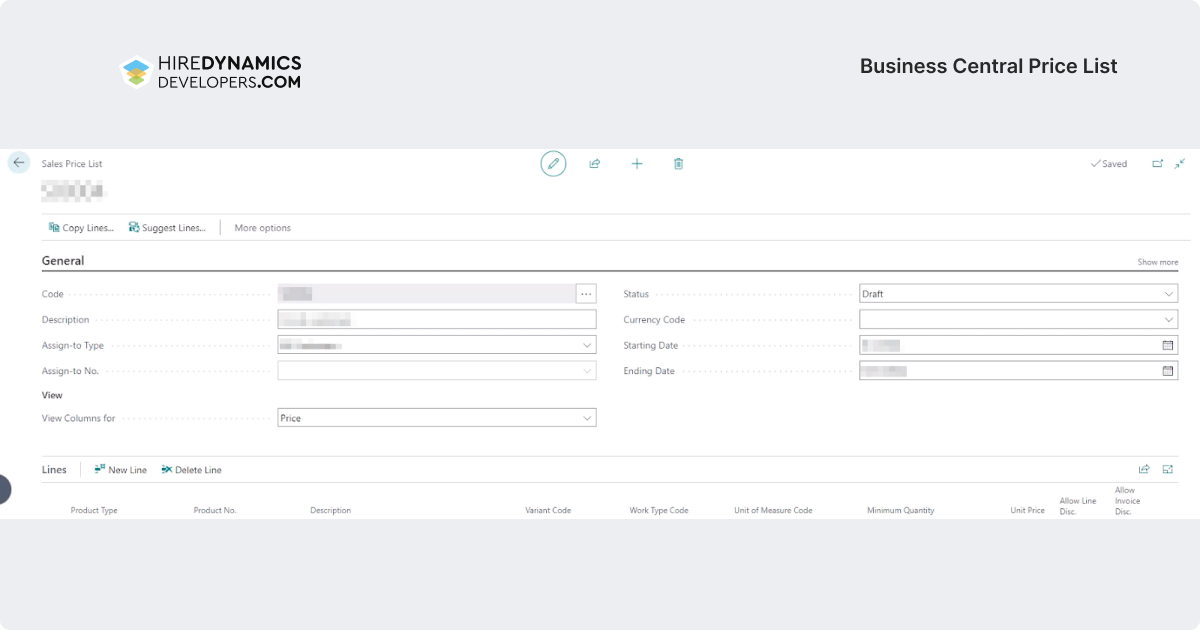
Starting the Process
It all begins when a customer makes an order or asks for a service. This information goes straight into the system. This means no more typing things in manually.
Data Transfer (Optional)
If you are using a CRM, it connects easily with the Finance module. This helps make sure customer info, orders, and payment details are correct.
Creating Invoices
The system makes invoices all by itself using set templates. These invoices include everything needed like prices, payment terms, and tax info.
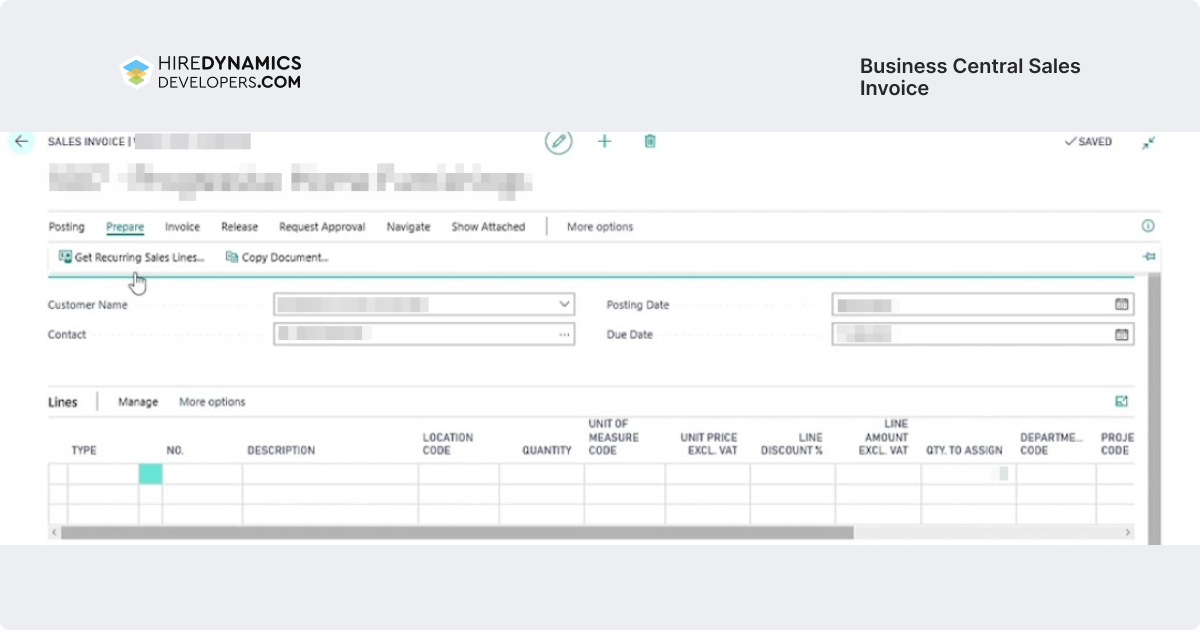
Approval Process
The system starts the approval process where managers or finance teams check the invoices. They can fix any mistakes or add things like discounts and extra charges during this review.
Invoice sending
Once an invoice is approved, it can be sent to the customer via email, print, or integrated communication channels like customer portals.
Payment Processing
The system links up with payment gateways. This helps payments get made quickly and match up with the right invoices.
Final check
The system shows real-time reports on invoice status, unpaid bills, and how customers pay over time. This gives businesses useful info to help with financial choices.
Steps to Implement Dynamics 365 Billing Automation
- Know Your Needs: Start by figuring out what your business needs for invoicing. Make sure you know the billing tasks your business needs to automate. This could be things like subscription billing, billing for projects, or product sales. Next, figure out the billing methods you’ll use. These might include fixed prices, time and materials, recurring charges, or milestone payments.
- Visualize your billing map: Break down the current billing process. Analyze how things are done now. Find any slow spots or things that just aren’t working well. Set clear billing terms. This includes when payments are due and any special pricing for customers, like discounts or late fees. Check what parts can be automated, like making invoices, applying payments, handling collections, and managing revenue.
- Pick the Right Tools: Choose the modules that fit your needs, like Finance, Sales CRM, or Business Central. Make sure these modules fit your business needs. For example, set up accounts receivable, payment terms, and invoice formats correctly.
- Set Up Templates and Terms: Create invoicing templates, set tax rules, and define approval steps. This helps keep your billing accurate and legal. Create payment terms like, or you can also choose custom terms, like payment plans. Think about the types of invoices you need. You can have a single invoice, recurring ones, or invoices for specific projects. Don’t forget to set your prices, discounts, and any extra fees. For example, offer discounts for bulk orders or special prices for certain customers.
- Setup automation for invoices: Set up your invoice templates to match your business style. Include your branding, terms, and conditions that fit your billing needs. Automate when invoices are created. For example, when you fulfill a sale, finish a service, or have recurring charges. Create an approval process for invoices. This step can include reviews to make sure everything is correct before sending them out.
- Configure payment conditions: Set up different payment options like credit cards, bank transfers, and checks. Connect automated systems to match payments with invoices. Also, set up reminders for customers about unpaid invoices.
- Schedule team preparation: Teach your employees how to use the system. Make sure they can easily use the automation features. Offer some training on how to use the billing features, check invoices, and manage collections. It’s important that the sales teams learn how to set up sales orders and deal with customer pricing and payment terms to create automated workflows.
- Keep an Eye on Things: Use the built-in tools to check how fast invoices are getting done. Look for ways to make the process better. Adjust workflows as needed to stay on track. Use Power BI and reporting tools to track how well the billing automation in dynamics 365 system is working. Look at things like how fast payments come in, how accurate the bills are, and what customers think. As your business changes, take a moment to improve billing tasks, payment options, and automation rules to fit what’s needed. Make sure to keep connections with outside systems updated.
Some of our Dynamics Consultants
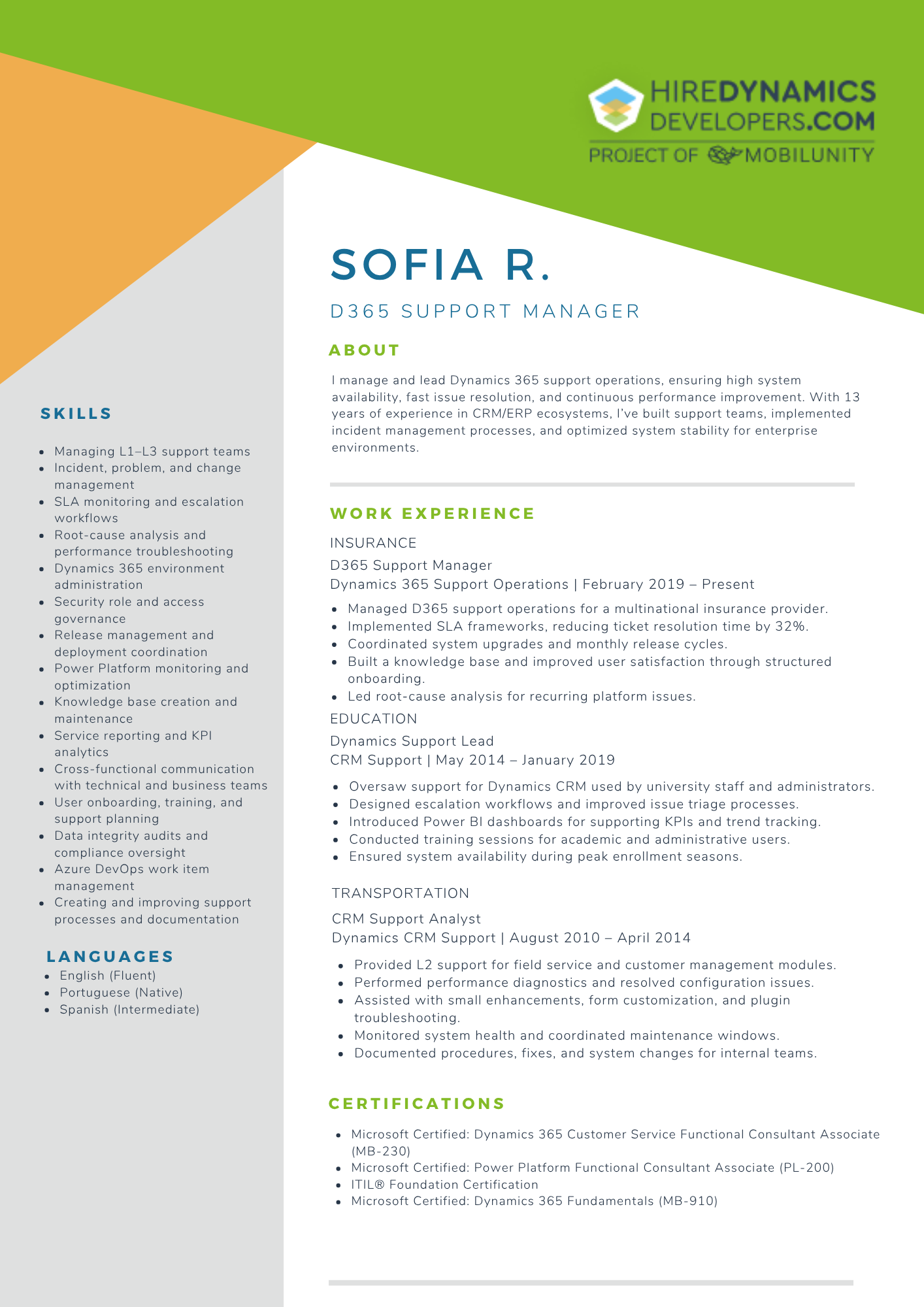
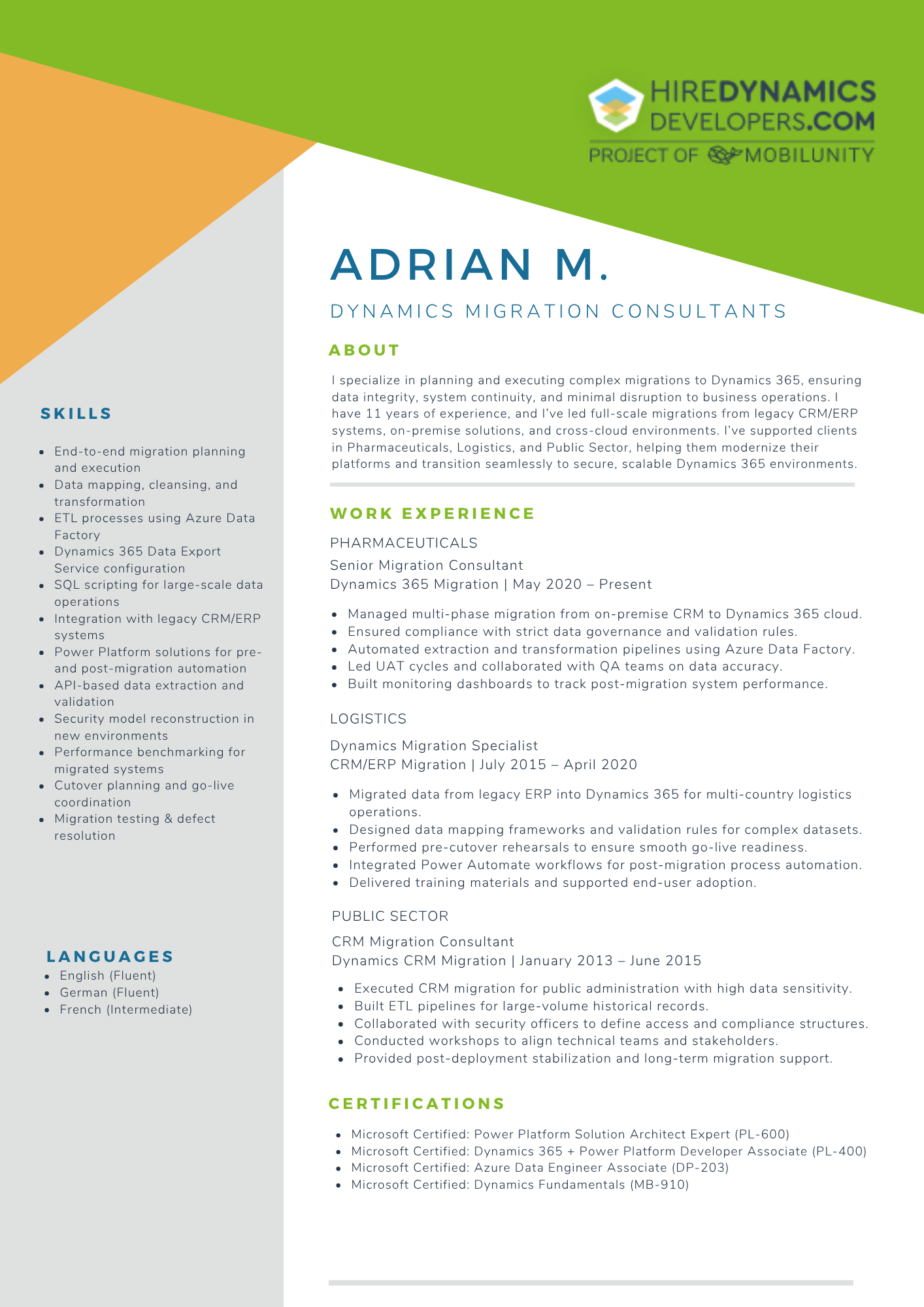
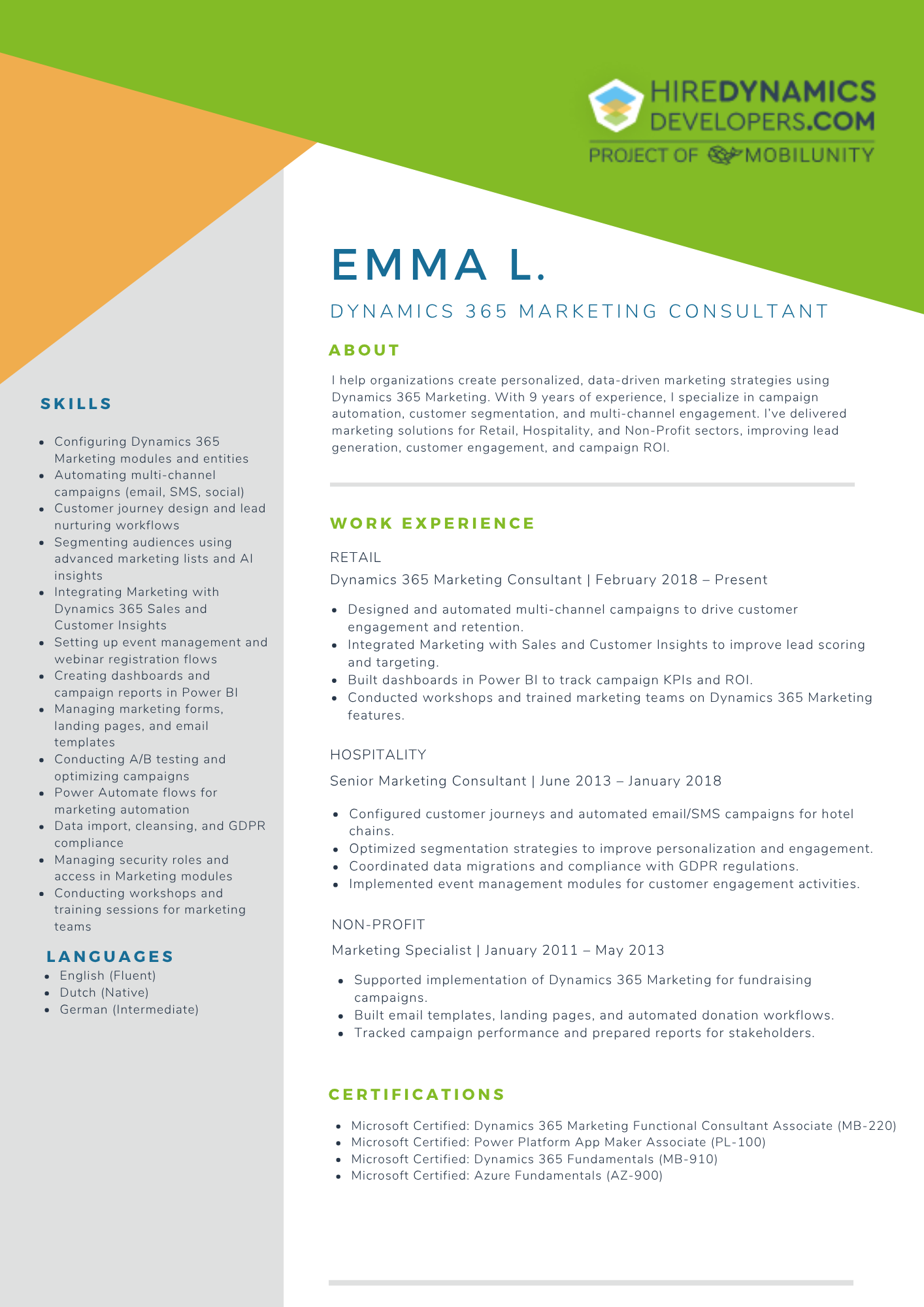
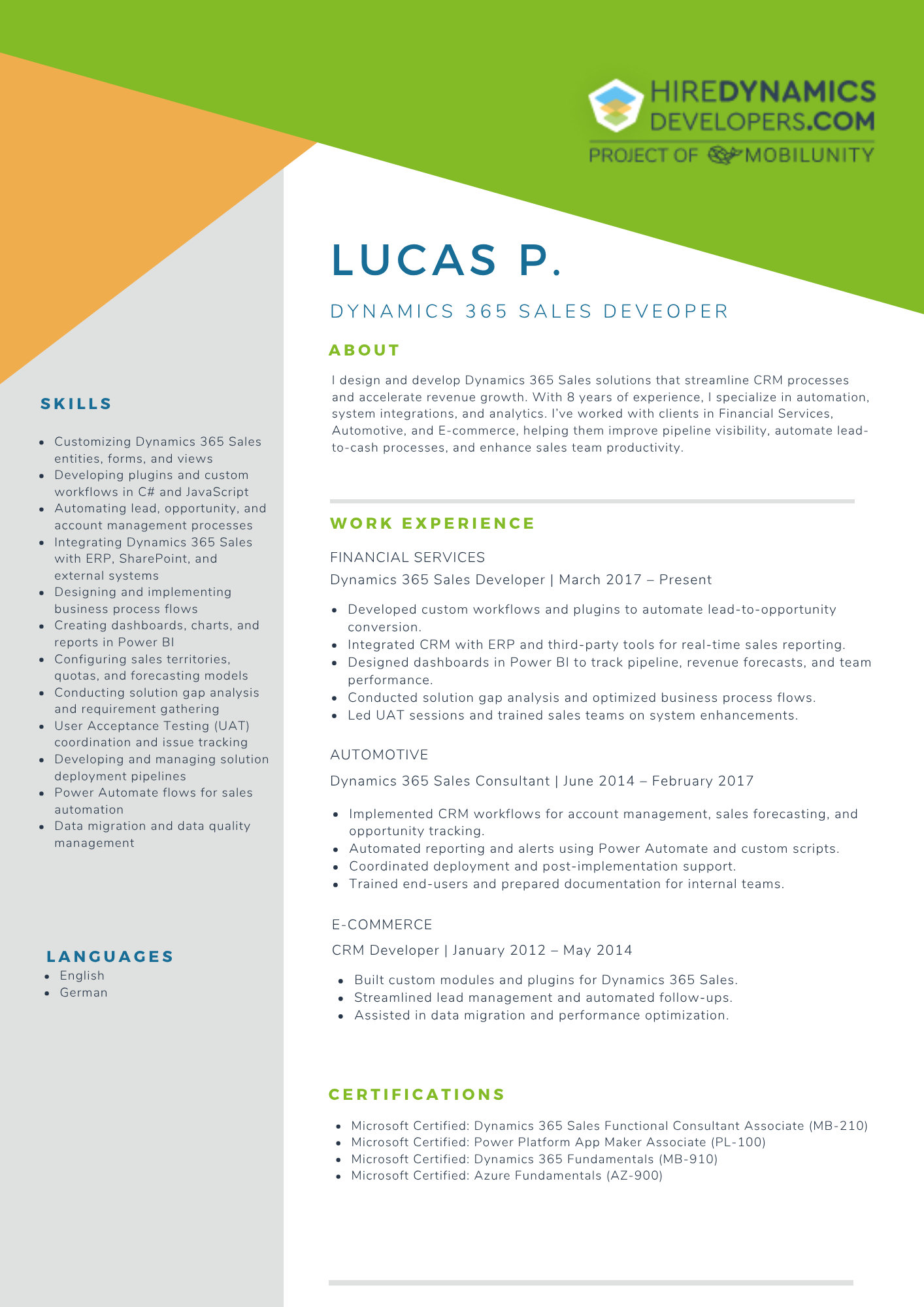
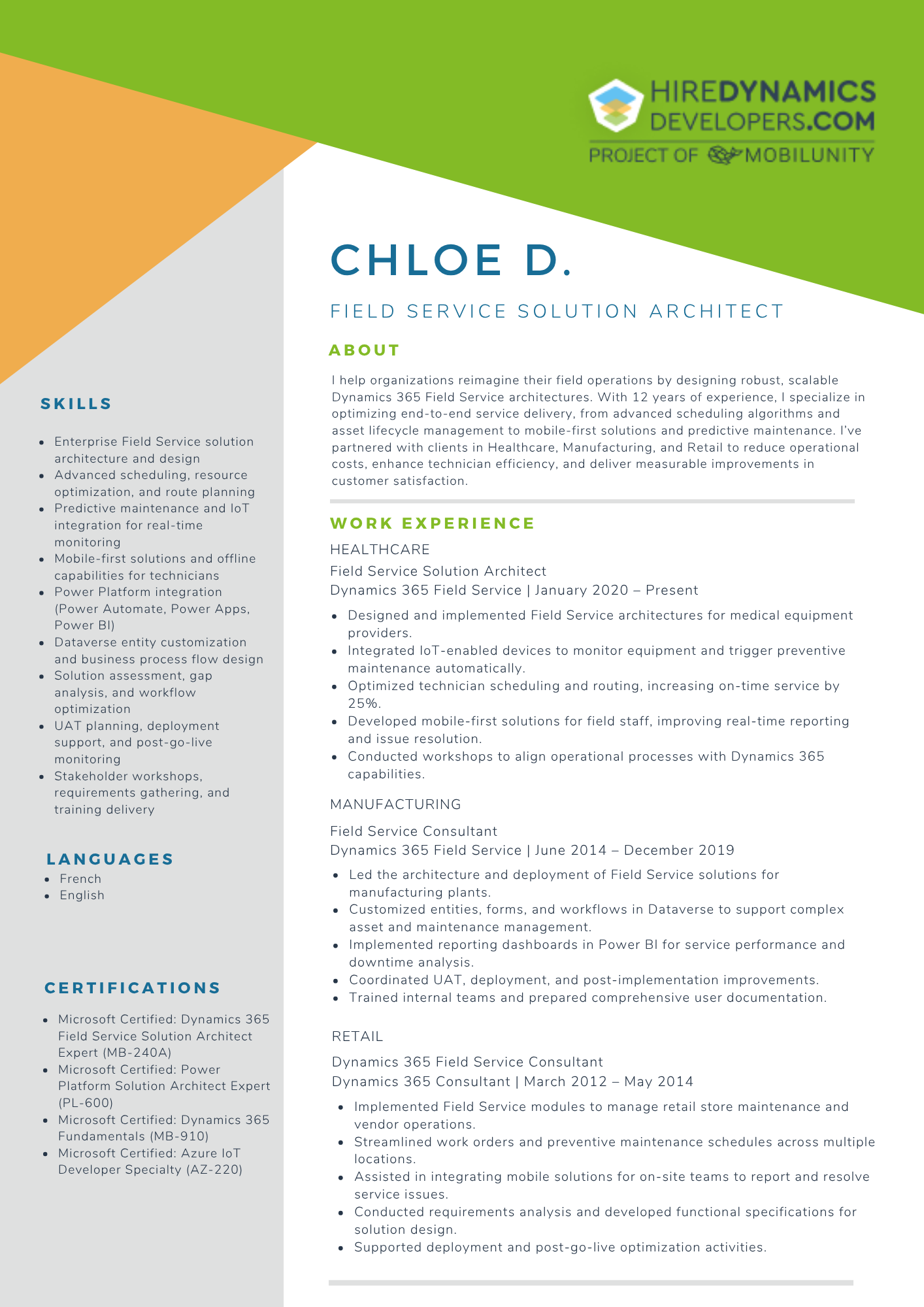
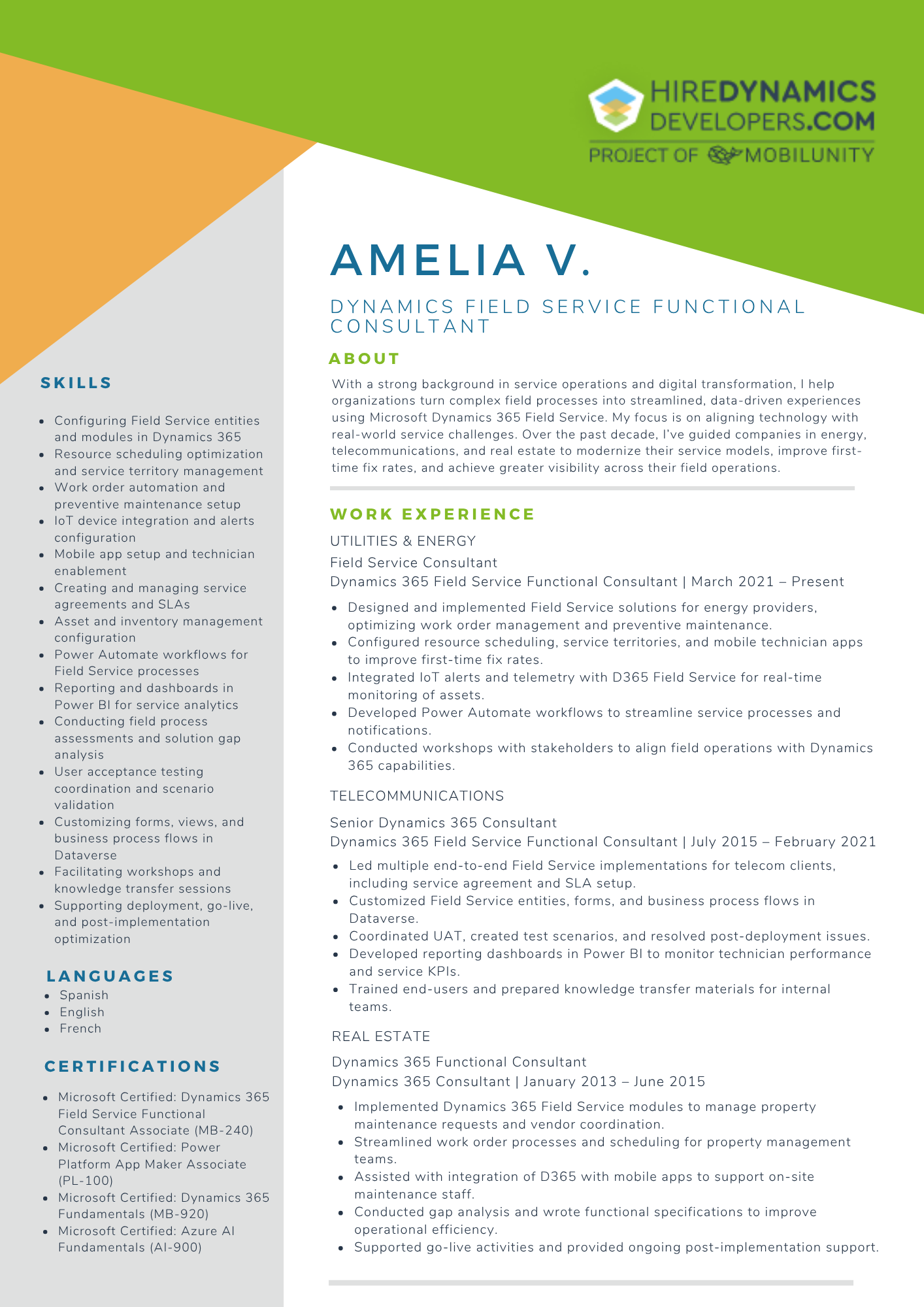
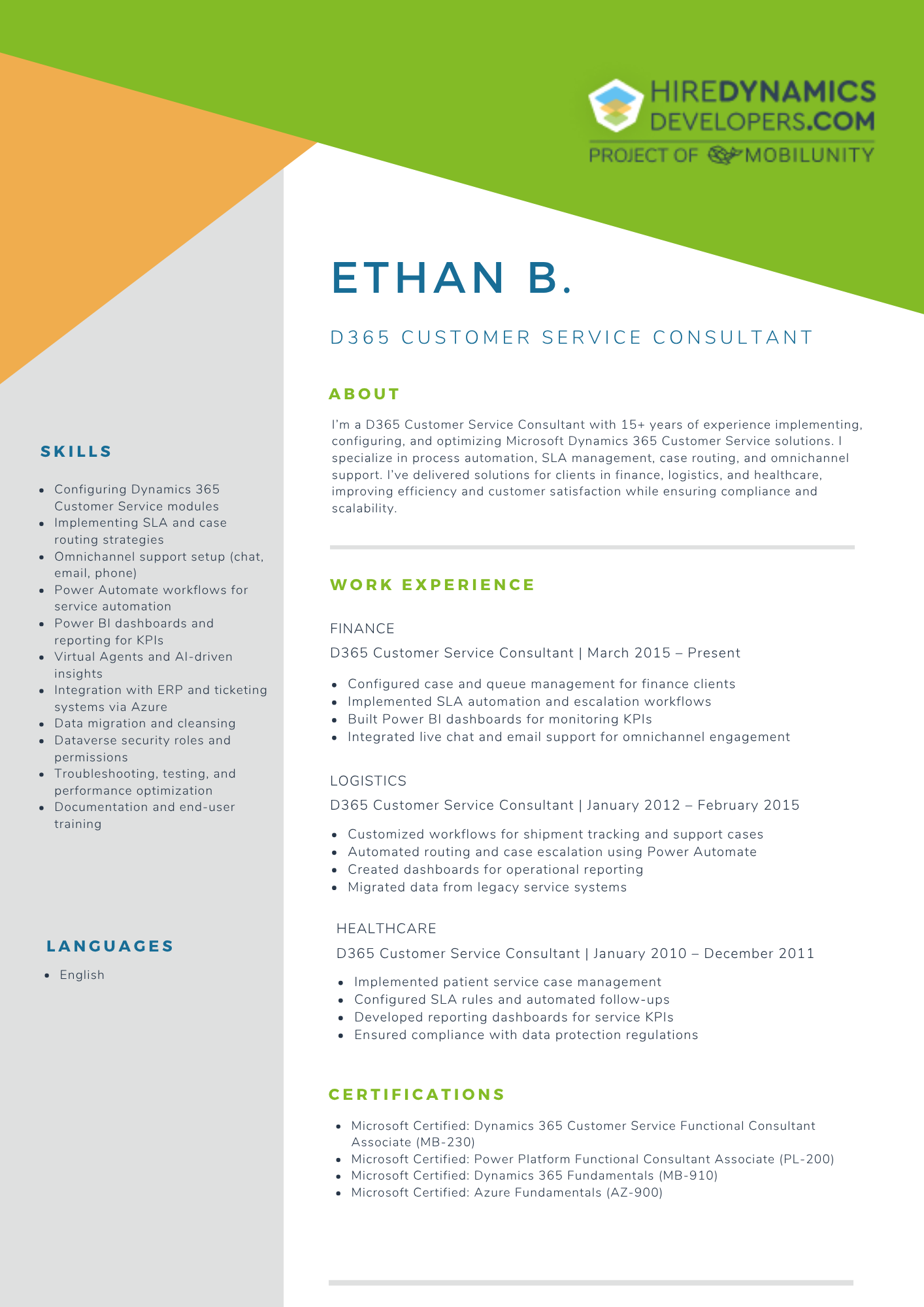
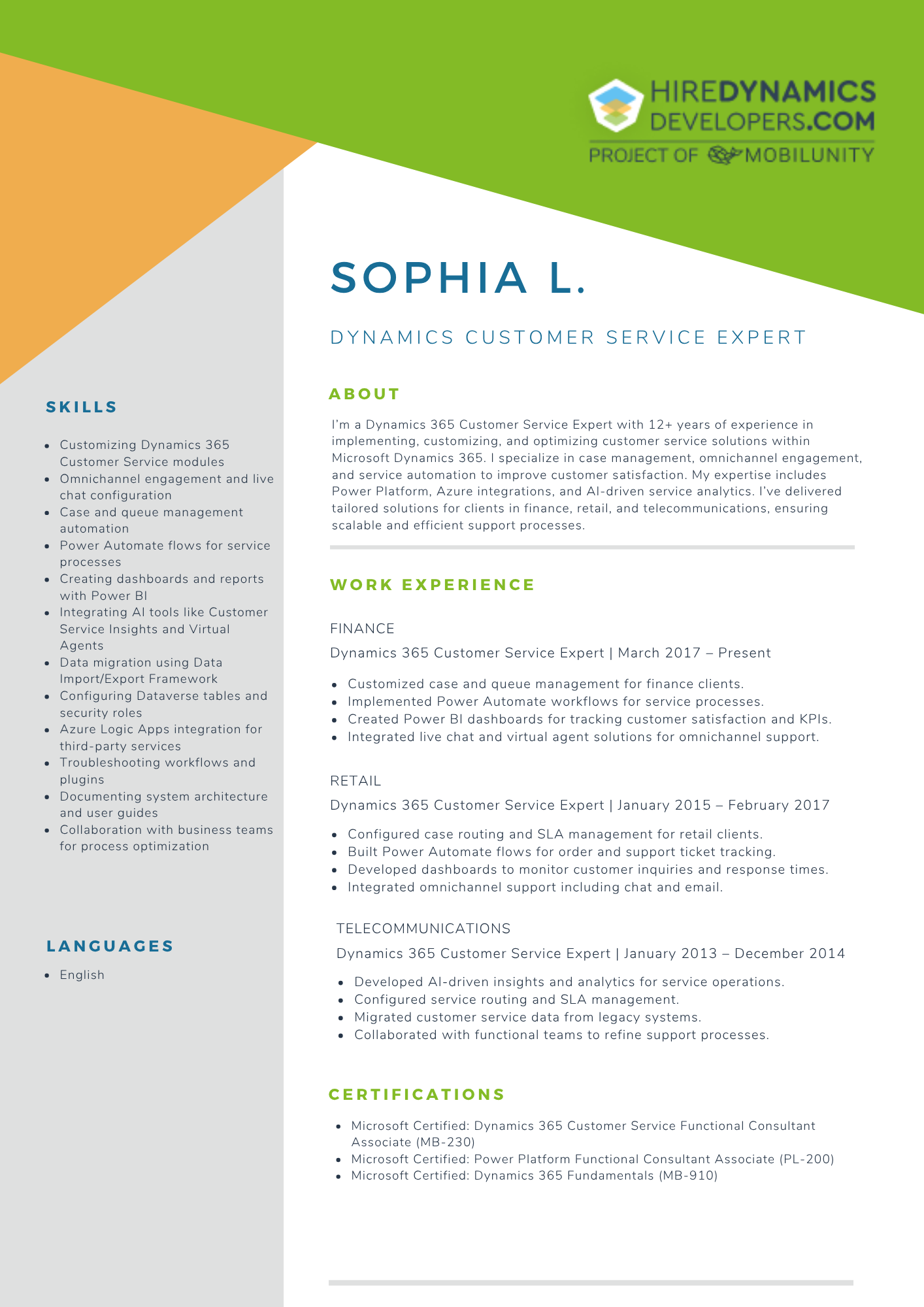
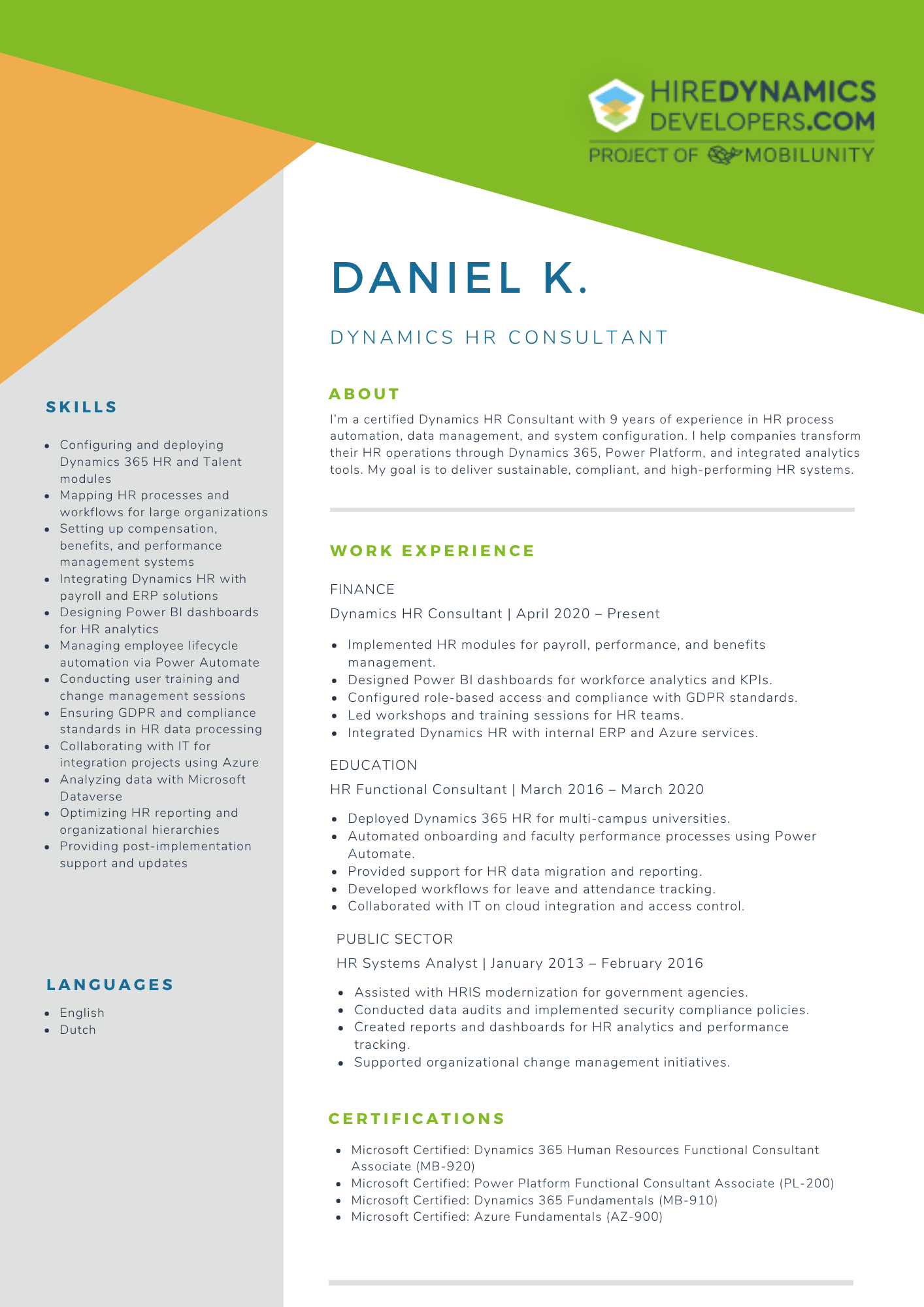
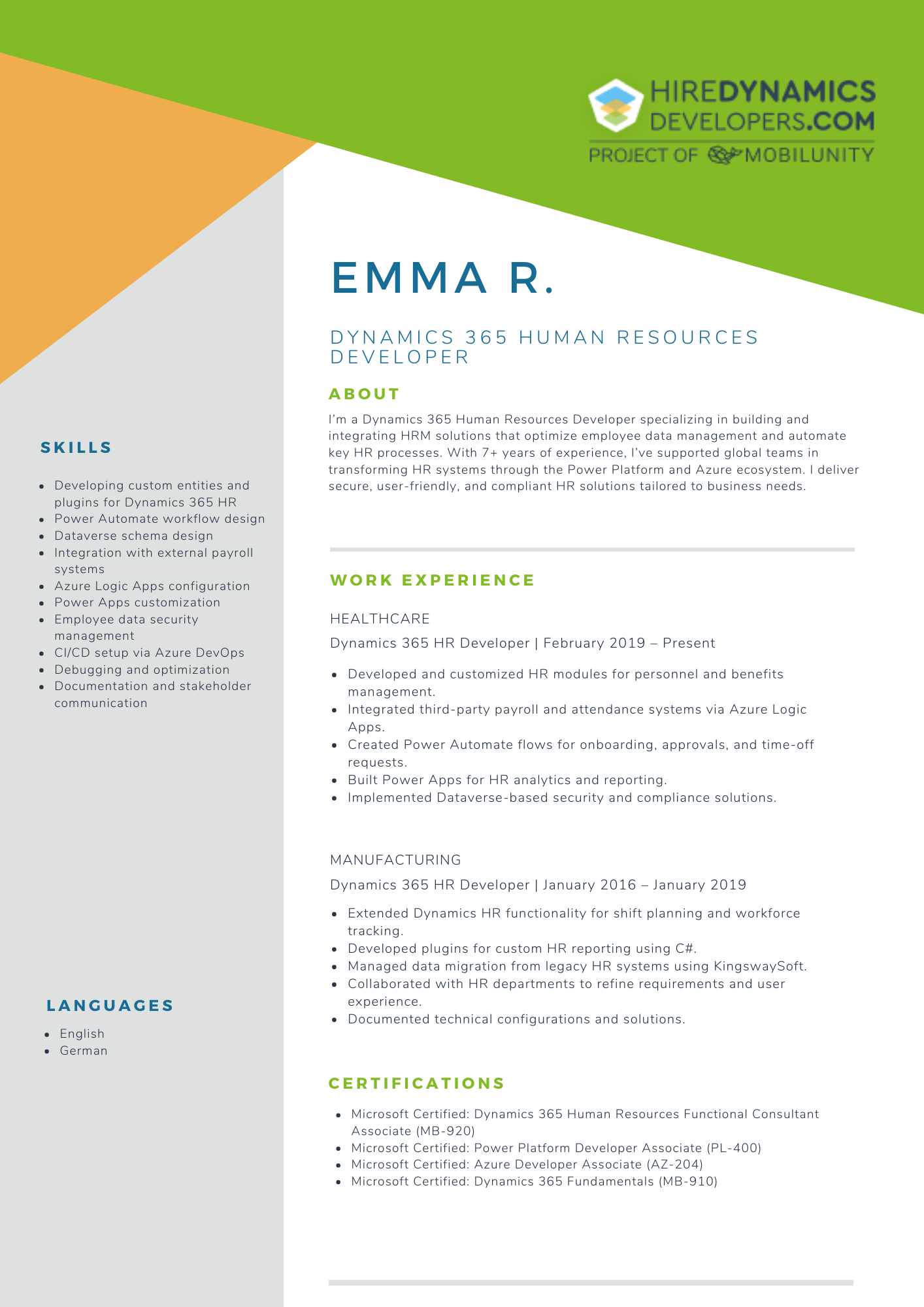

Conclusion
Microsoft Dynamics 365 is great for businesses that want to make their invoice process easier. It reduces manual efforts and helps with billing. With features for automating vendor invoices and billing, it boosts cash flow and makes things run smoother and work as expected.
By taking care of repetitive tasks, businesses can save time and focus on growth instead of paperwork. Whether you’re dealing with incoming invoices or regular billing, Dynamics 365 automates the process to keep things efficient and accurate.
Need help with Dynamics 365 for invoice automation?
Contact us to find reliable consultants!
Outline
Imeda U.
10 Hours / Week
Daniel K.
20 Hours / Week
Milan M.
20 Hours / Week
Request Our Services
Explore and Implement All The Benefits of Using Dynamics 365 for Billing and Invoicing Automation!
Your Partner Recognized in Dynamics Community











